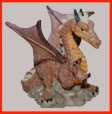29th July 2022.

This steam hammer is in the car park. A steam cylinder at the top raised the 7 ton hammer
One of the last jobs for this steam hammer was to make parts for Concorde.
Furnace no.2 and its cast house on the right with its foundry on the left.
Two views of a model of the iron works.
Looking over the model towards no.2 furnace and the balance tower.
Inside blast furnace no.2's cast house looking towards the furnace.
A simulation of Furnace no.2, one of the oldest furnaces on the site in action.
A simulation inside furnace no.2's cast house showing the molten iron from the furnace
Another view of furnance no.2. The molten iron would be at 1500 degrees celsius.
The cast house and balance tower.
Standing 80 feet high the balance tower is the most impressive building on the site.
Another view of furnace no.2 and its cast house.
Furnaces no.4 and no.5, both have lost their casting houses.
Two more views of the balance tower showing what a huge structure it is.
Another view of the foundry and cast house for no.2 furnace.
These cottages were the accomodation for the workers, situated about 300 feet away
Looking down on furnaces 4 an 5 and the site of their cast houses.
A side view of the balance tower. The archway spans the access pathway to the upper yard.
Two of the calcining kilns in the upper yard which was behind and above the blast furnaces.
A view from the top yard across to the balance tower. The circular structure in the foreground
A view of the worker's cottages from the upper yard which shows just how close they were to the furnaces.
Another view of the balance tower and furnace top. The gases rising up from the furnace below would
Another view of the calcining kilns. The men working these would have worked 12 hour shifts 7 days
A view across to furnaces 4 and 5 showing how close the furnace tops were to the calcining kilns.
The top of the balance tower. The metal structure would have held the winding gear and controls for the lifts.
Another view of the worker's cottages. One of the cottages would have been the 'tuck' shop,
Photographs © 2022 Peter Boulter

which was then dropped onto the anvil.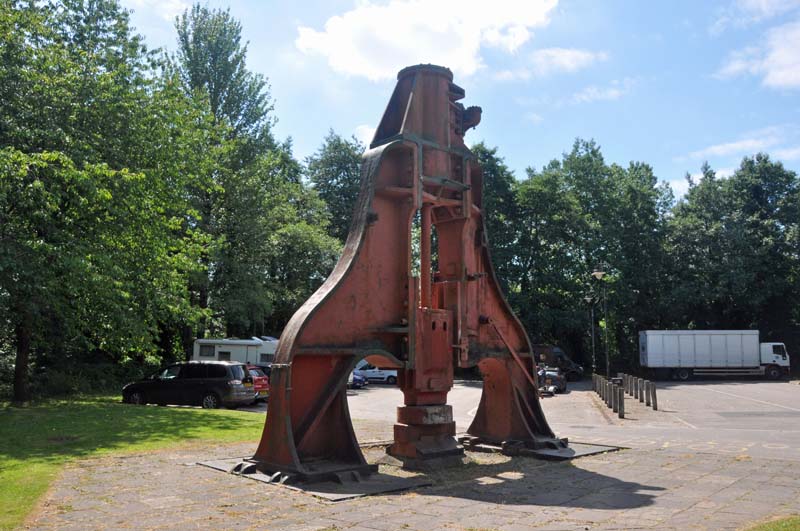
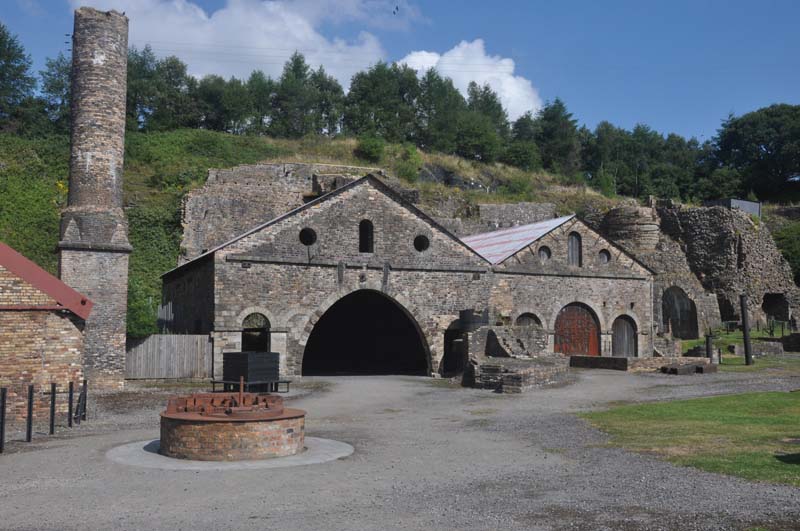
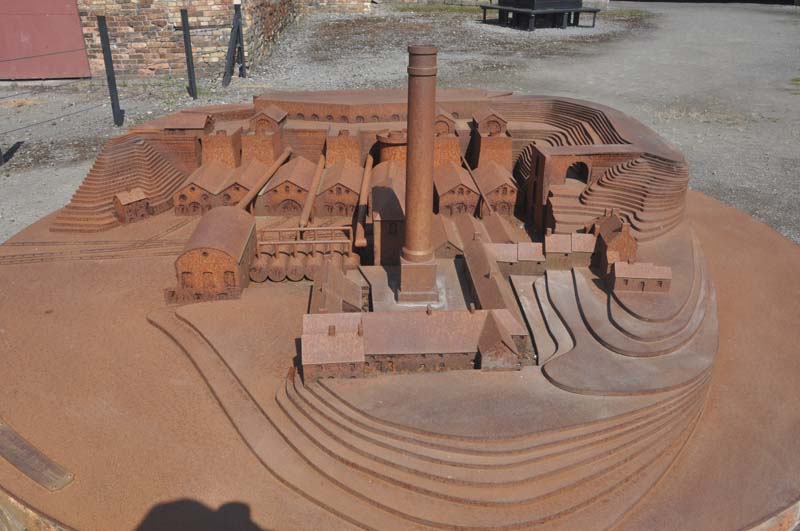
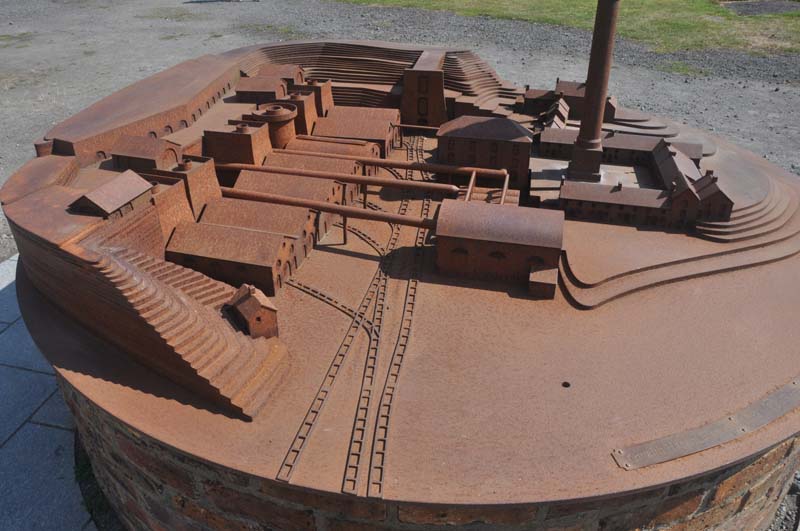
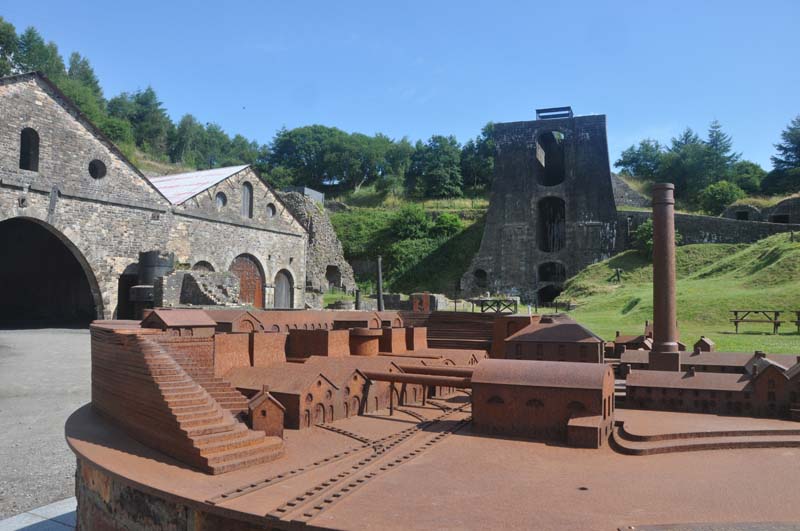
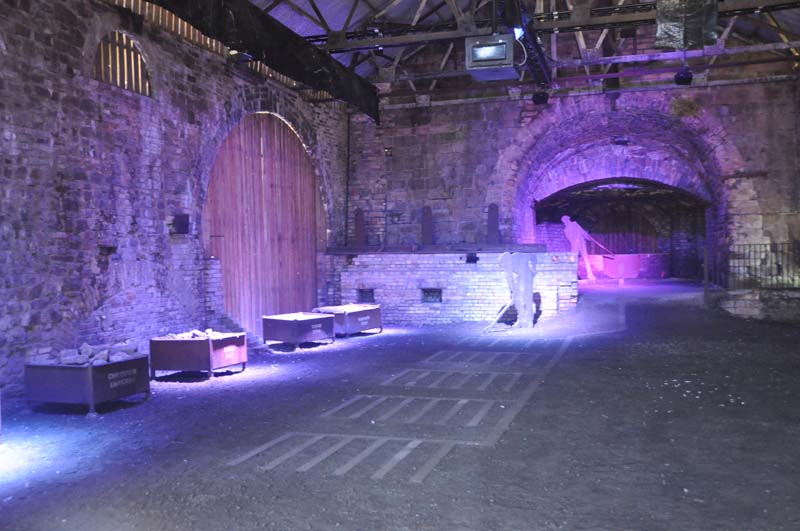
Work in these areas would have continued 24 hours a day 7 days a week
because the blast furnaces could not be allowed to cool down.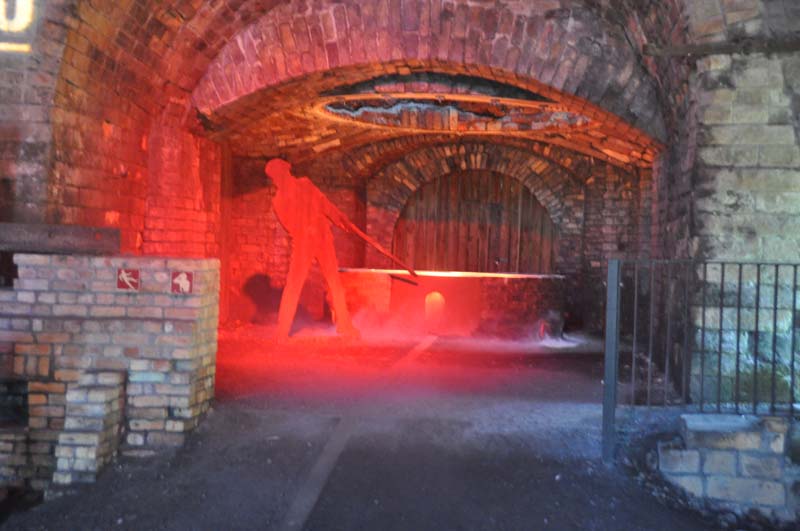
The inverted wine glass shaped furnace itself was cut out for relining but the work was never completed.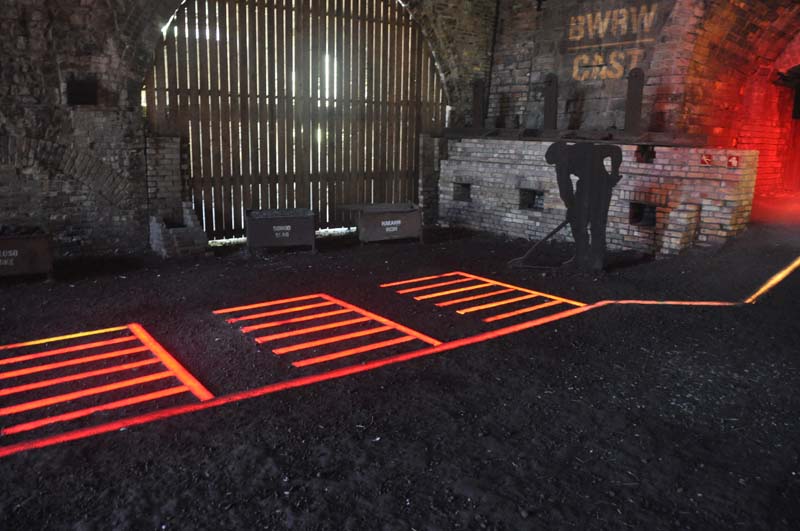
flowing into the pigs. Once cooled the pigs would be dug out and the floor of the cast house
would be prepared for the next pour.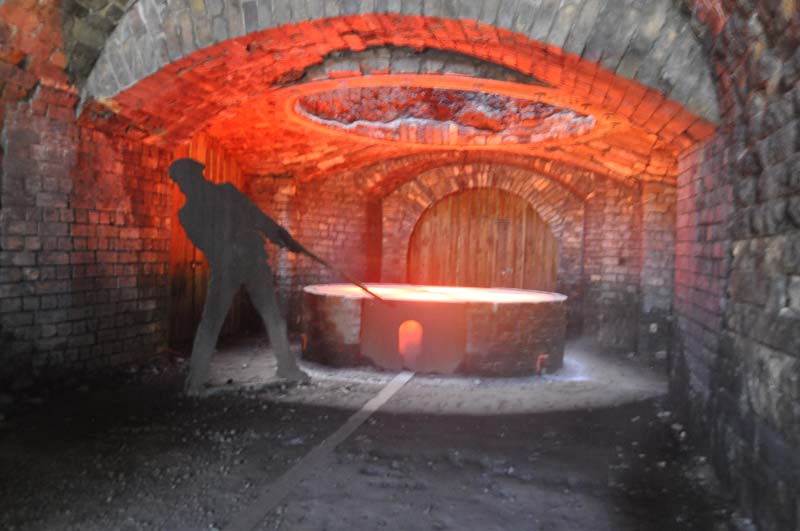
which is hotter than molten lava.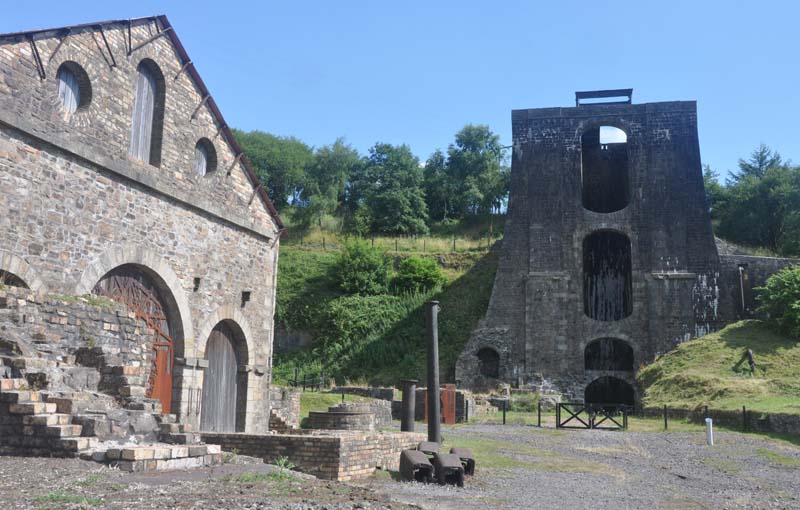
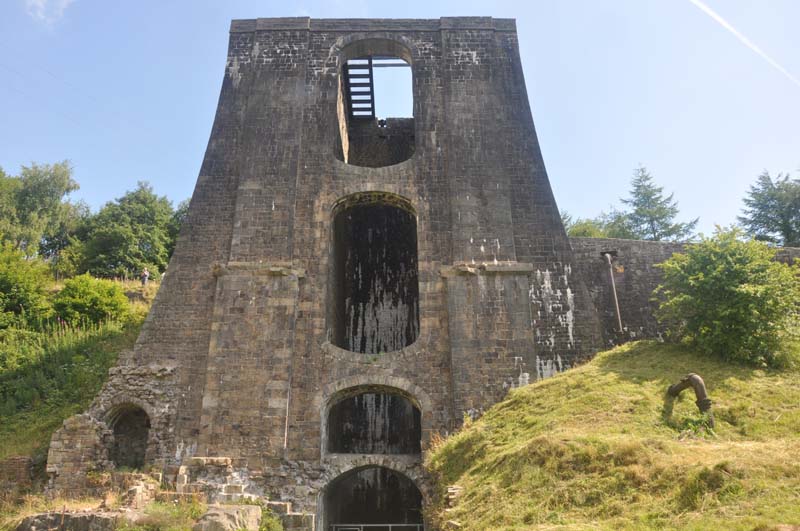
Built about 1839 it was a water powered lift that would be used to transport materials
between the lower and upper levels. There were two platforms linked together so that the
weight of the decending platform would lift the acending platform, water was used to fill a tank
under the platfoms so the decending platform was always the heaviest of the two.
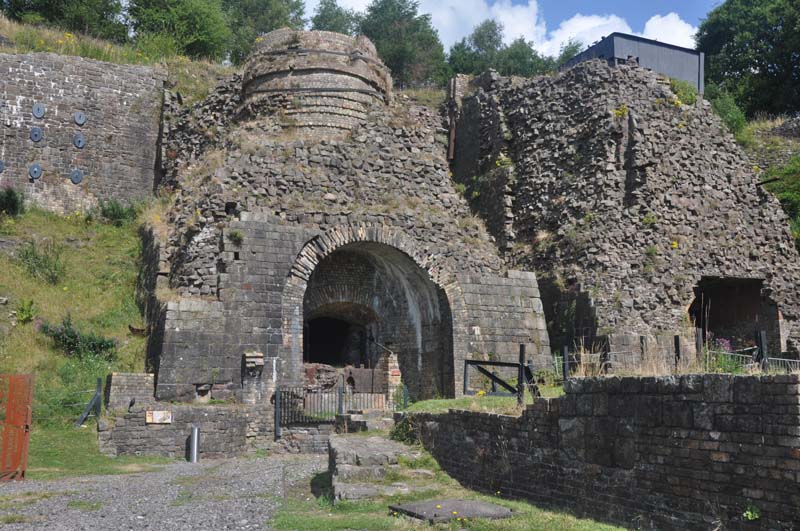

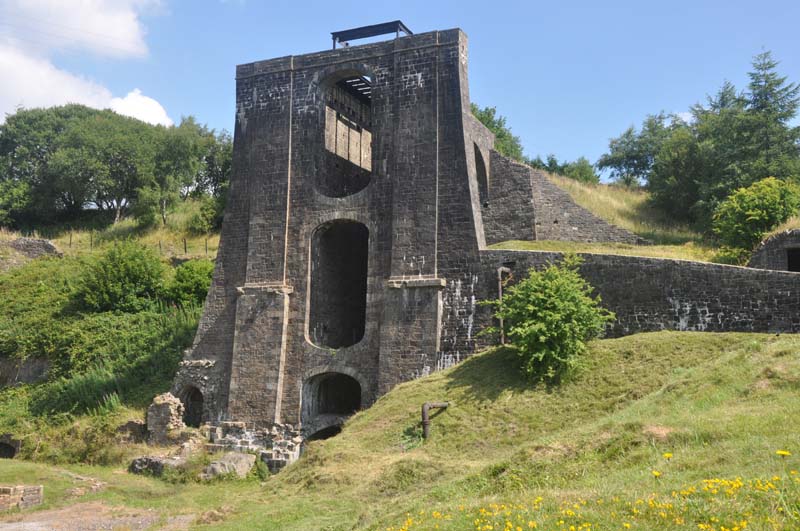

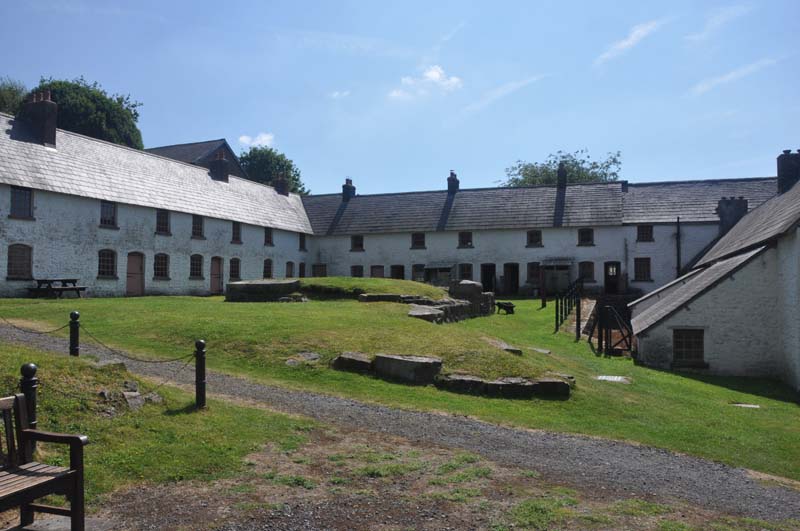
from the furnaces they give a whole new meaning to the term living on the job.
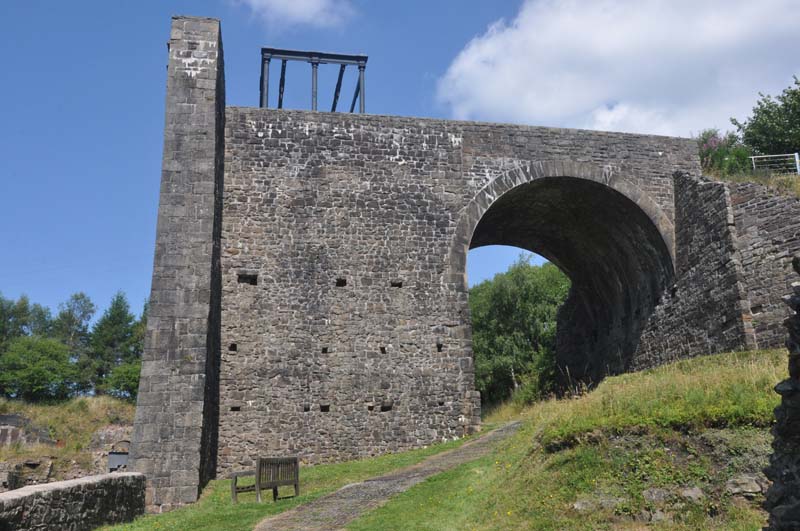
The metal structure at the top origninally held the winding gear for the platform lifts.
Iron ore was roasted in these kilns to remove moisture, mud and sulphur. Ore and coke was fed
constantly into the top of these kilns and the roasted ore extracted from their base was then
taken to the charging houses opposite where it was fed into the insatiable blast furnaces below.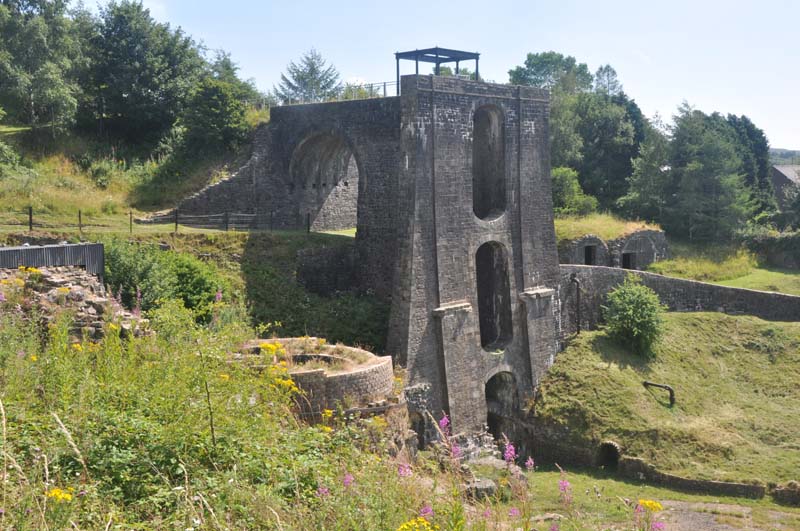
is the top of one of the furnaces where the roasted ore would be fed into the furnace. 
The square platform in the centre was the base of a huge chimney stack for the boiler houses that once
in front of the cottages.
be at around 200 to 300 degrees celsius.
a week along with pre-teen age children who would break the ore into small lumps to feed the kilns.
A government commission in 1842 found that a quarter of the children working at the works were girls.
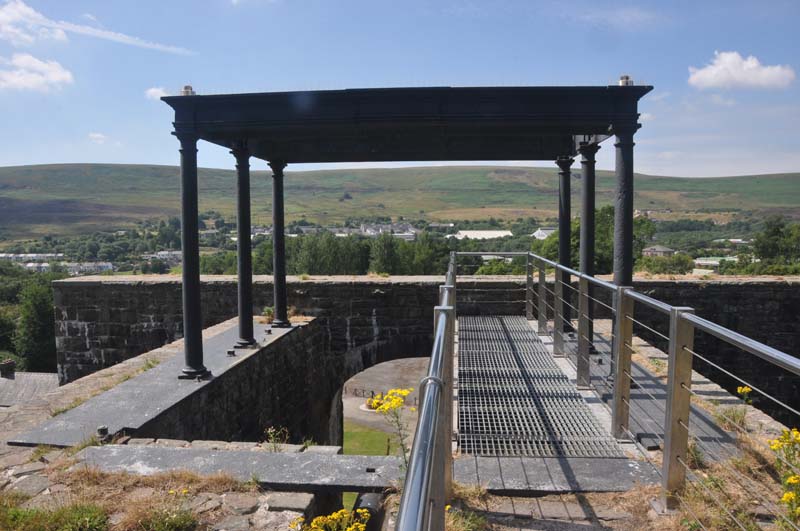
The walkway shown is a modern addtion, originally there were no guard rails and at least one worker is
reported to have fallen to his death down the shaft.
a company provided shop selling tableware, food, candles and other essentials for the workers
and their families. These on-site shops were very convenient but such convenience came at a high price
so much so that in the 1830's they provided a tenth of the company's profits.

Back to the Museums Page.
Back to the Home Page.
Railways.

Museums.
Historic Buildings.

General Gallery.

